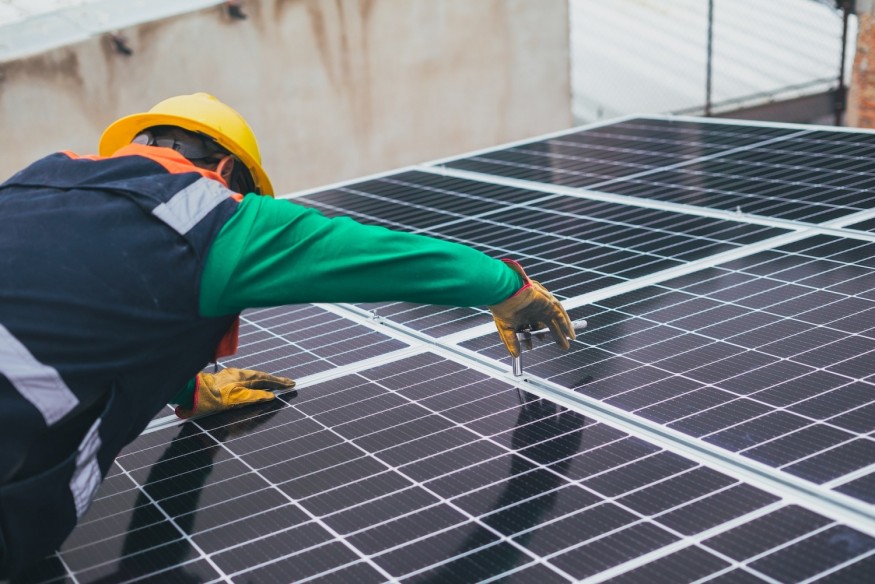
Renovating a property offers an opportunity to create a more comfortable and efficient living space while also contributing to environmental preservation. Sustainable renovation practices reduce waste, conserve resources, and promote energy efficiency. In this article, we will explore several ways to protect the environment when renovating a property.
Plan for Sustainability
Before starting your renovation project, develop a sustainable renovation plan. When you have made your property purchase, define your goals for energy efficiency, waste reduction, and eco-friendly materials. Having a clear vision and plan in place will guide your decisions throughout the renovation process.
Energy Efficiency Upgrades
Invest in energy-efficient upgrades that not only reduce your carbon footprint but also lower your utility bills. Consider replacing old windows with double-glazed or low-E windows, upgrading insulation, and installing energy-efficient lighting and appliances.
Whether you are looking to add value to a property or are starting from scratch, building the site with the environment in mind, will help you save money on your bills long term.
Reuse and Repurpose
Whenever possible, reuse existing materials and fixtures. Salvage doors, cabinets, and flooring that are still in good condition, and incorporate them into your renovation. This not only reduces waste but also adds a unique touch to your project.
Recycle and Donate
Dispose of construction waste responsibly by recycling materials like wood, metal, and concrete. Many cities have recycling programs specifically for construction materials. Additionally, consider donating usable items, such as appliances, cabinets, and fixtures, to local charities or organizations.
Sustainable Building Materials
Opt for sustainable building materials such as reclaimed wood, bamboo flooring, and recycled glass countertops. Look for products with certifications like FSC (Forest Stewardship Council) for wood or Cradle to Cradle for overall sustainability. These materials are often more durable and have a lower environmental impact.
Low-VOC Paints and Finishes
Traditional paints and finishes can release harmful volatile organic compounds (VOCs) into the air. Choose low-VOC or zero-VOC paints and finishes to improve indoor air quality and minimize environmental impact. Many eco-friendly options are readily available on the market.
Water Conservation
Consider installing water-saving fixtures like low-flow toilets, faucets, and showerheads. These fixtures can significantly reduce water consumption and lower utility bills. Also, fix any leaks and ensure that plumbing systems are in good working order to prevent water wastage.
Solar Panels and Renewable Energy
If your budget allows, consider incorporating solar panels or other renewable energy sources into your renovation. Solar panels can generate clean energy, reduce your reliance on fossil fuels, and provide long-term cost savings.
Renovating a property can be an eco-conscious endeavor that not only enhances your living space but also protects the environment.
By prioritizing energy efficiency upgrades, reusing and repurposing materials, recycling, choosing sustainable building materials, using low-VOC paints and finishes, conserving water, considering renewable energy sources, incorporating green spaces, and practicing proper waste management, you can reduce your renovation's environmental impact.
Sustainable renovation practices not only benefit the environment but also improve the comfort, health, and efficiency of your property. As the demand for eco-friendly homes and buildings grows, embracing sustainable renovation practices can also increase the value of your property and attract environmentally conscious buyers or tenants. Ultimately, sustainable renovations are a win-win for both your property and the planet.
© 2026 NatureWorldNews.com All rights reserved. Do not reproduce without permission.





